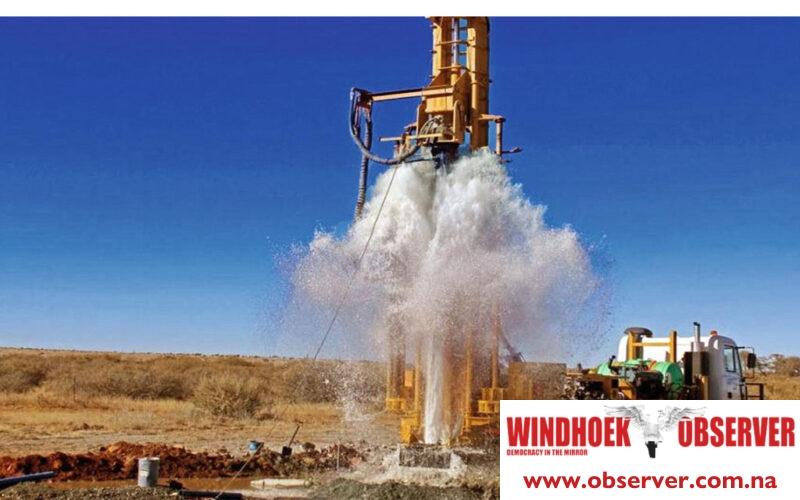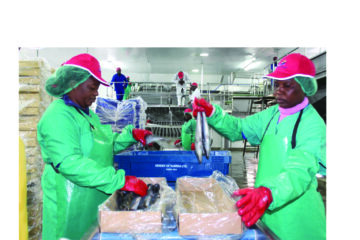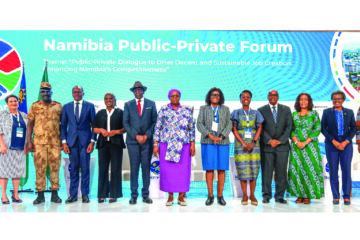CHAMWE KAIRA
The Stampriet Aquifer Uranium Mining Association (SAUMA) is currently conducting a study to provide the economic value of the Stampriest Artesian Basin to Namibia.
“We have instructed professionals to provide this information independently,” SAUMA said in a response to questions by Observer Money.
SAUMA noted that in terms of agriculture activities contribution to the Namibian economy, SAUMA noted that agriculture provides a livelihood to roughly 70% of all Namibians and said various sectors are involved and depend on the outcomes of agriculture.
The Stampriest Artesian Basin strides between Namibia, Botswana and South Africa. The Stampriet Transboundary Aquifer System (STAS) covers a large arid region stretching from Central Namibia into Western Botswana and South Africa’s Northern Cape Province. It contains two confined sandstone aquifers and the overlying unconfined Kalahari aquifer units.
Asked about the position of farmers in Botswana and South Africa, SAUMA said the Namibian Minister of Agriculture has engaged with his counterparts in the neighbouring countries and raised awareness.
“Namibia has a responsibility of keeping shared water resources ‘clean’ as per cross border agreements and conventions.”
Asked about what studies has Sauma undertaken to prove that Situ Leach Mining of uranium is unsafe, SAUMA said it has studied many long reports on in situ leach mining of uranium by the International Atomic Energy Agency, World Nuclear Association, Nuclear Energy Agency, Australian CSIRO, Australian Policy on in situ leach mining, US Nuclear Regulation Authority, US Environmental Protection Agency and others.
“All point out the problems associated with in situ leach mining or even prevent it in certain situations.”
SAUMA said it supports mining, development and job creation throughout the country, but said it cannot support in situ leach mining in the only source of year-round fresh drinking water, where there is no alternative for the affected people.
“No water, no life. Namibia is a semi-desert to desert country. Groundwater is critical to our survival.”
Mining is unsustainable but groundwater resources are replenished by rains and support sustainable livelihoods for both present and future generations,” SAUMA said.
The Uranium One Group aims to invest up to N$8,5 billion in the Namibian economy through the uranium mine near Stampriest. Uranium One is a state-owned company of Rosatom.
If all goes well, the company plans to start mining by 2029. Uranium One Group contends that the impact on the Stampriet aquifer is minimal because the exploration drilling is of a very small diameter and has no impact whatsoever.
The Ministry of Mines and Energy and the Ministry of Environment, Forestry and Tourism has done due diligence on the project and has renewed four Exclusive Prospecting Licences (EPLs) and four Environmental Clearance Certificates (ECCs). The projection is that the mine will produce about 3 000 tonnes of uranium per annum and in total increase Namibia’s GDP between 2% to 3%.




